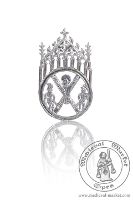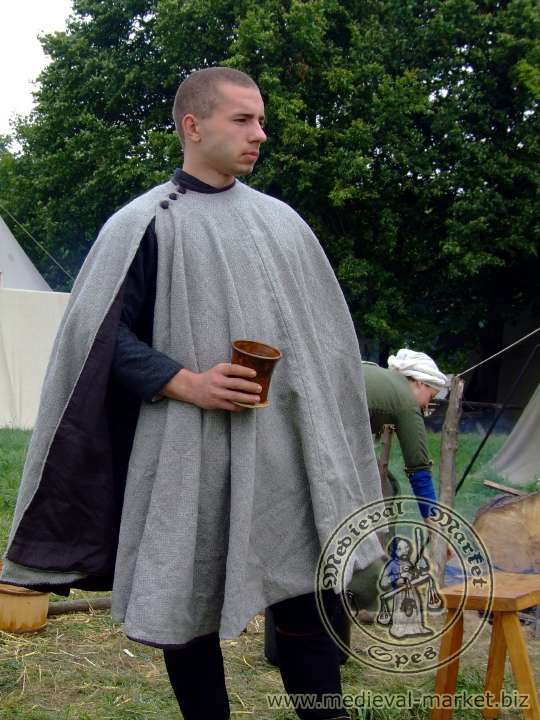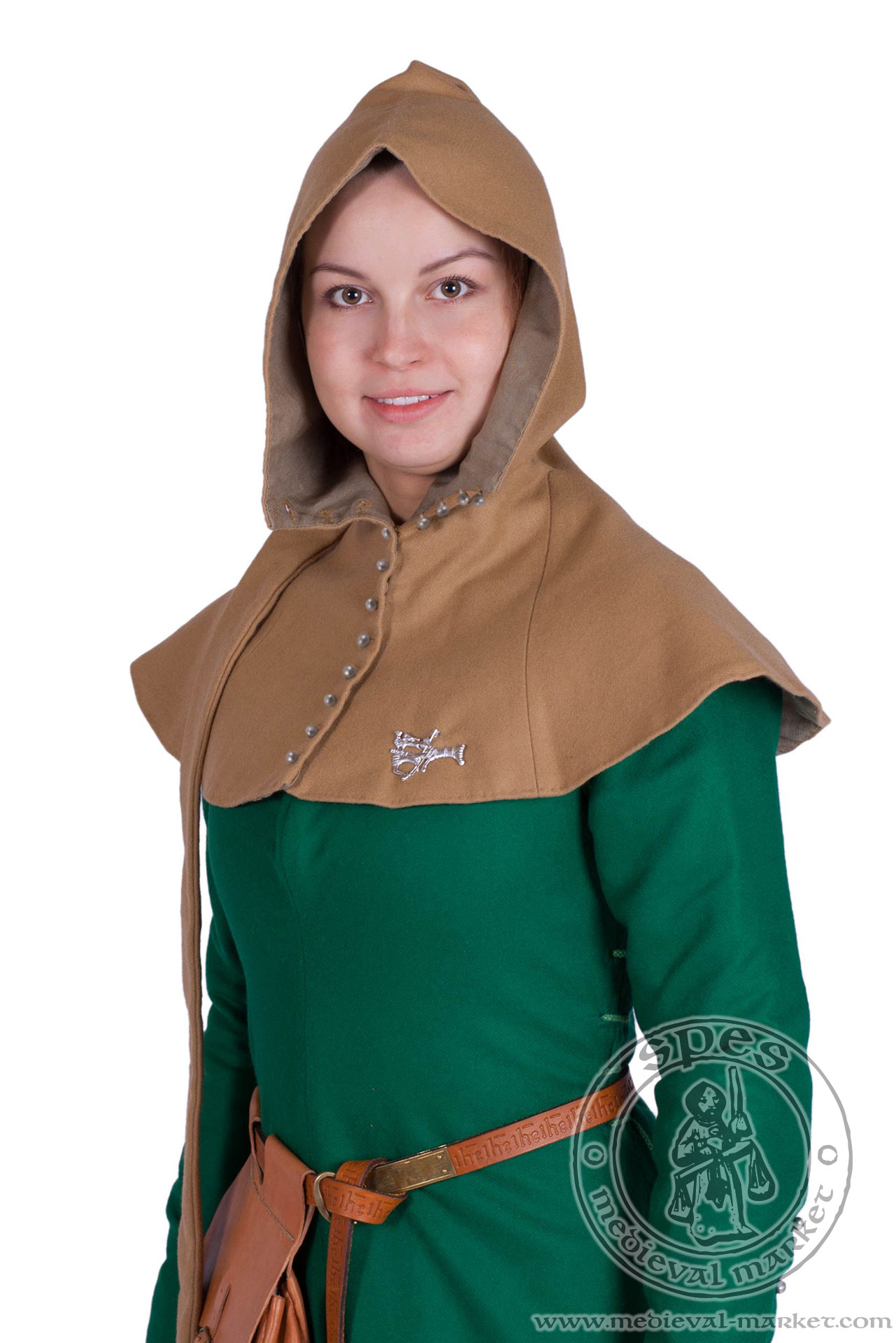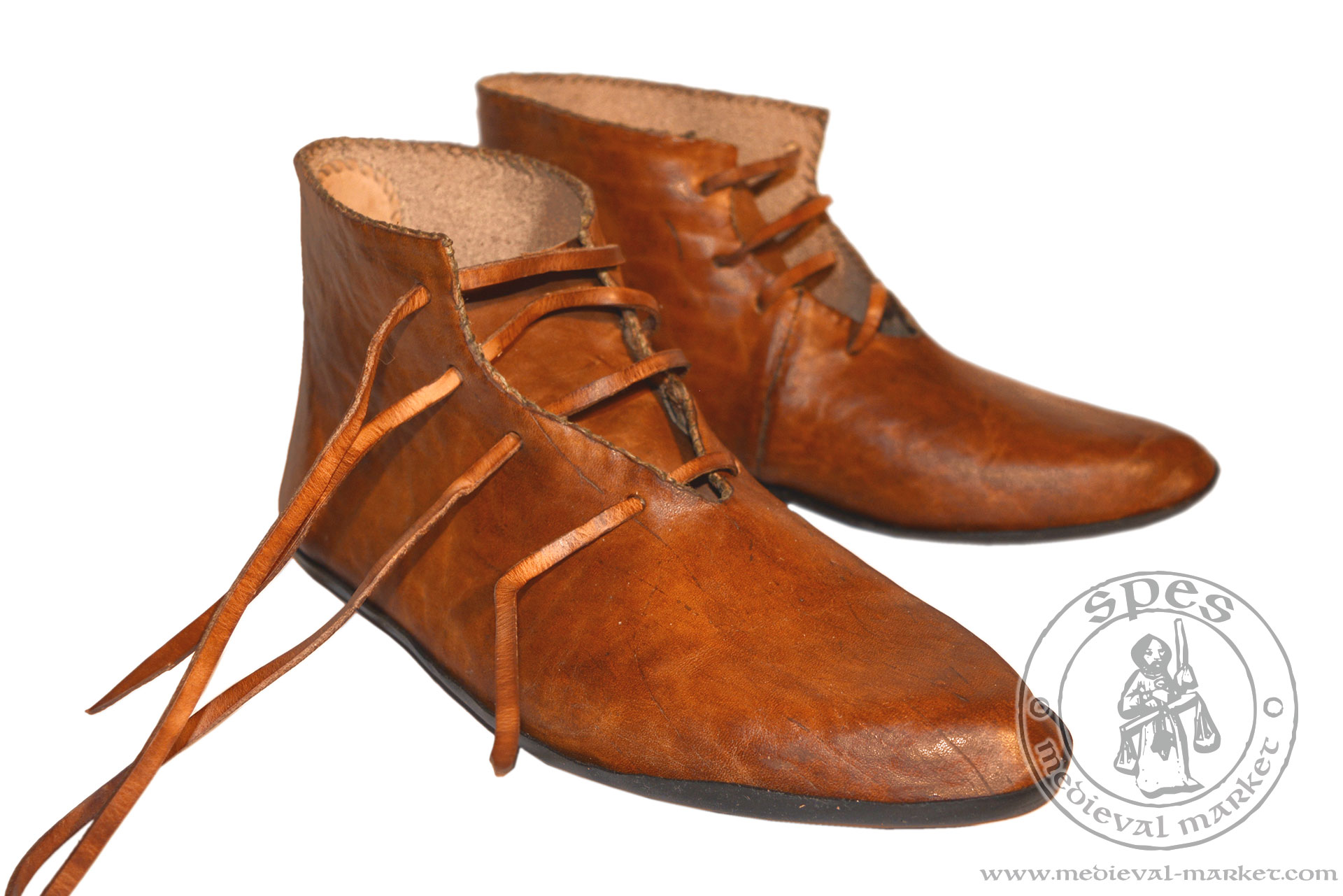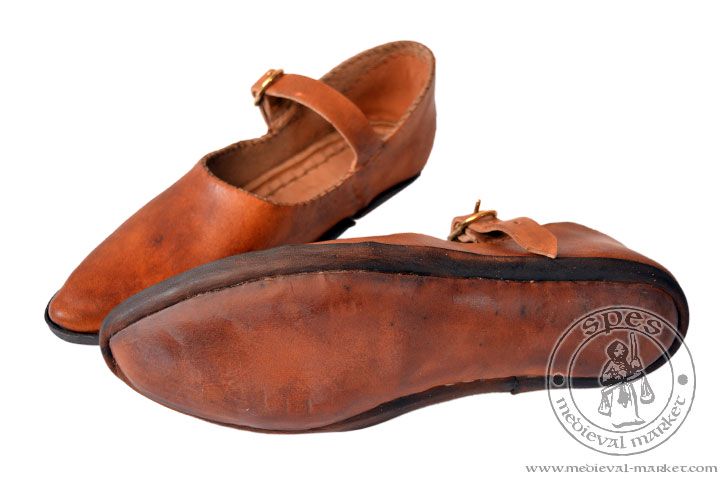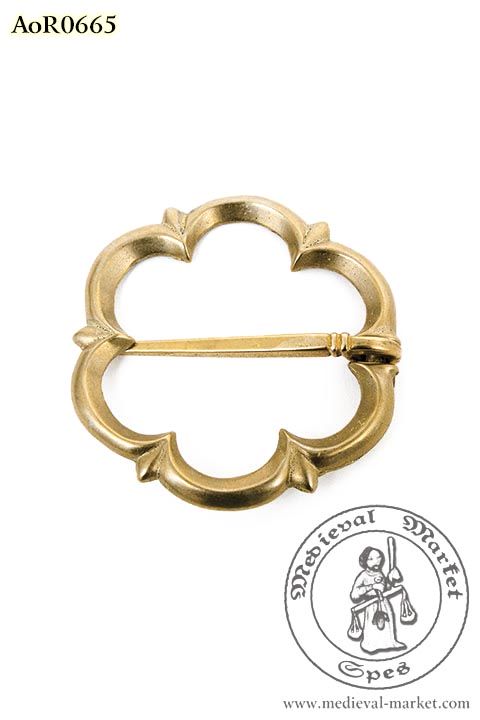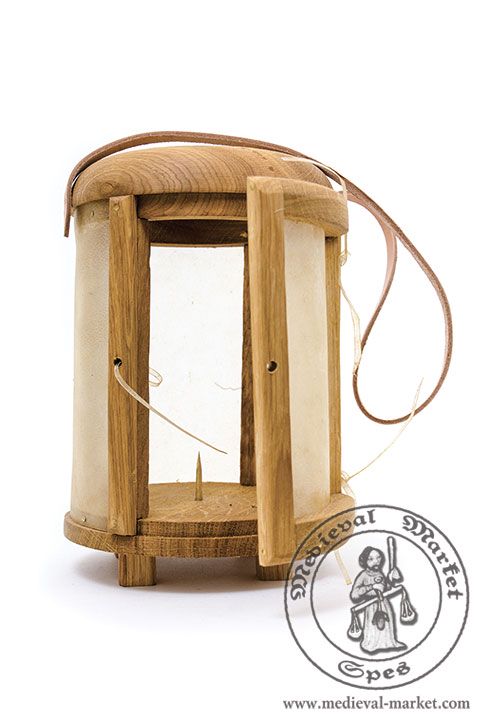If you wish to adjust your cookie preferences for this website, you can do so using your browser settings.
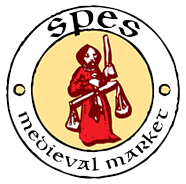


Category: Accessories > badges
St.Andrew Apostole
St.Andrew Apostole
Century: XIV, XV| CODE | Material |
Standard
|
Price | |
| oR0548 | see description | Hand-made | 13.00 EUR |
|
Lowest price in the last 30 days
See how to place an order for several people
How old?: 1450-1500
Finding place: Sluis
Place of provenance: St. Andrews (Scotland)
Details: h.: 67mm w.: 40mm
Meaning : Pilgrim's badge from St. Andrews. St. Andrew was one of the first Christ's students.
He came from city of Betsaida and was younger brother of st. Peter. After the Holy Ghost
blessing he was teaching in Achai (so it is written in apocryphs "History of Andrew" and
"Agony of Andrew"). When he came to city of Patras in Phelopones he was arrested by
Roman governor and sentenced to crucifixion. Sentence was executed in public around 30th.
of November year 65 after the Birth of Christ and so it is the Day of st. Andrew. The saint
was crucified on cross in shape of letter X, and such is now called St. Andrews cross.
Name Andrew comes from Greek. Andreios means brave. Reliquary of the Saint was
first kept at Patras, then at Constinanopol and after the year 1202 it was taken to Amalfi; in
1464 head of St. Andrew was taken to Rome. It was given back to the Greek Church in 1964.
St. Andrew is patron Saint of Scotland.
Pewter badges were first introduced as pilgrim souvenirs from different places of
Christian cult around Europe and the Holy Land. The earliest findings of this type comes from
about second half of XII th. century, fall of their popularity is beginning of XVI th. century.
They're closely connected with development of pilgrimages among Christians. Pilgrim
badges were a solid prove of finishing a long journey to places were once saints lived. About
XIV th. century secular badges also appeared.
ATTENTION: dates showed in this catalogue tells only how old was the material used for the
original. It doesn't mean that the badge was used only then.
The pewter badges as well as their descriptions are provided to us by Bartosz Sołtysiak who bases them on historical sources.





 Female Clothing
Female Clothing Male clothing
Male clothing
 Furniture
Furniture Tents
Tents Armament
Armament HMB Line
HMB Line Miscellaneous
Miscellaneous Rent
Rent In stock
In stock Special Offers
Special Offers Search
Search Your Account
Your Account About us
About us Sizing
Sizing How to buy
How to buy Blog
Blog Links
Links Events
Events
